Amateur Archaeologist’s Discovery in 20,000-Year-Old Cave Paintings Suggests Math Isn’t Just a Human Trait
An amateur archaeologist from Britain has made a groundbreaking discovery that could potentially rewrite history.
His research suggests that cave art throughout Europe may contain a previously undeciphered primitive writing system used by ancient hunter-gatherers living on the continent during the last ice age.
The Discovery
Researchers discovered these pieces of primitive art 150 years ago, leaving them puzzled about one thing.

Source: Startup Stock Photos/Pexels
Working alongside Durham University and University College London professors, Ben Bacon found evidence to suggest that cave art markings dating back over 20,000 years may represent an ancient lunar calendar.
The Unknown Markings
Animal paintings and engravings cover the caves in Lascaux and Chauvet in France and Altamira in Spain.

Source: Andrea Piacquadio/Pexels
Between the depictions of animals, enigmatic abstract markings and geometric signs often appear alongside them. However, researchers needed clarification on what these markings meant.
Paleolithic Cave Art Europe
Hundreds of cave paintings have been found throughout Europe, dating back to the Upper Paleolithic, the oldest of which go back around 40,000 years.
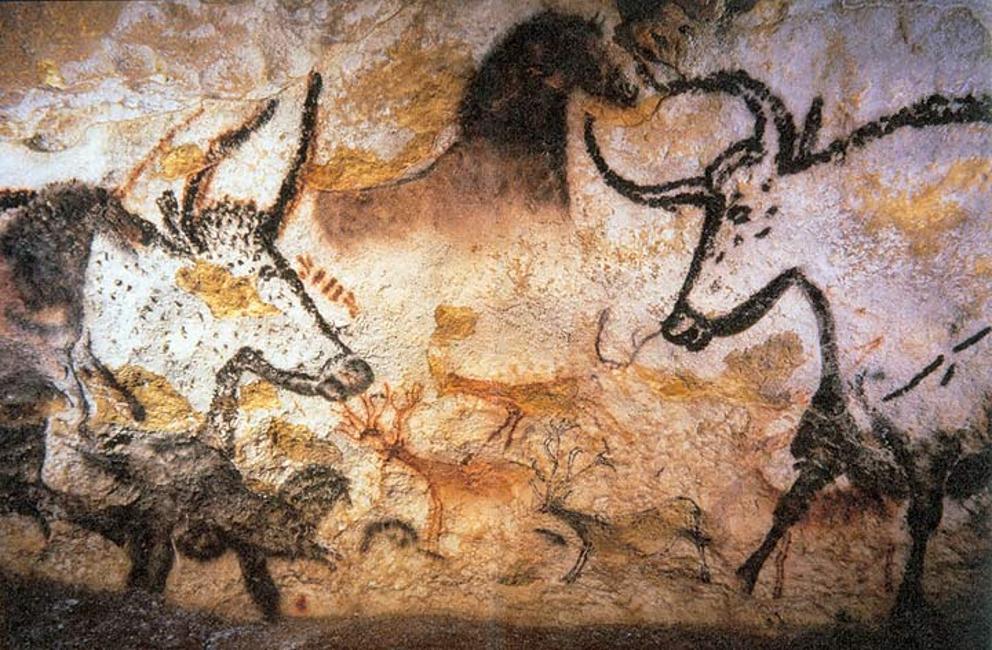
Source: Wikimedia
Created by some ancient homo-sapiens on the continent, the artwork consists of figures and animals, which are sometimes accompanied by signs that have yet to be deciphered. Frequent designs include vertical lines, dots, and Y-shaped slashes, many of which appear in groups.
Interest in Europe’s Ancient Cave Art
Cave art found throughout Europe has long fascinated archaeologists and historians from the continent and beyond.
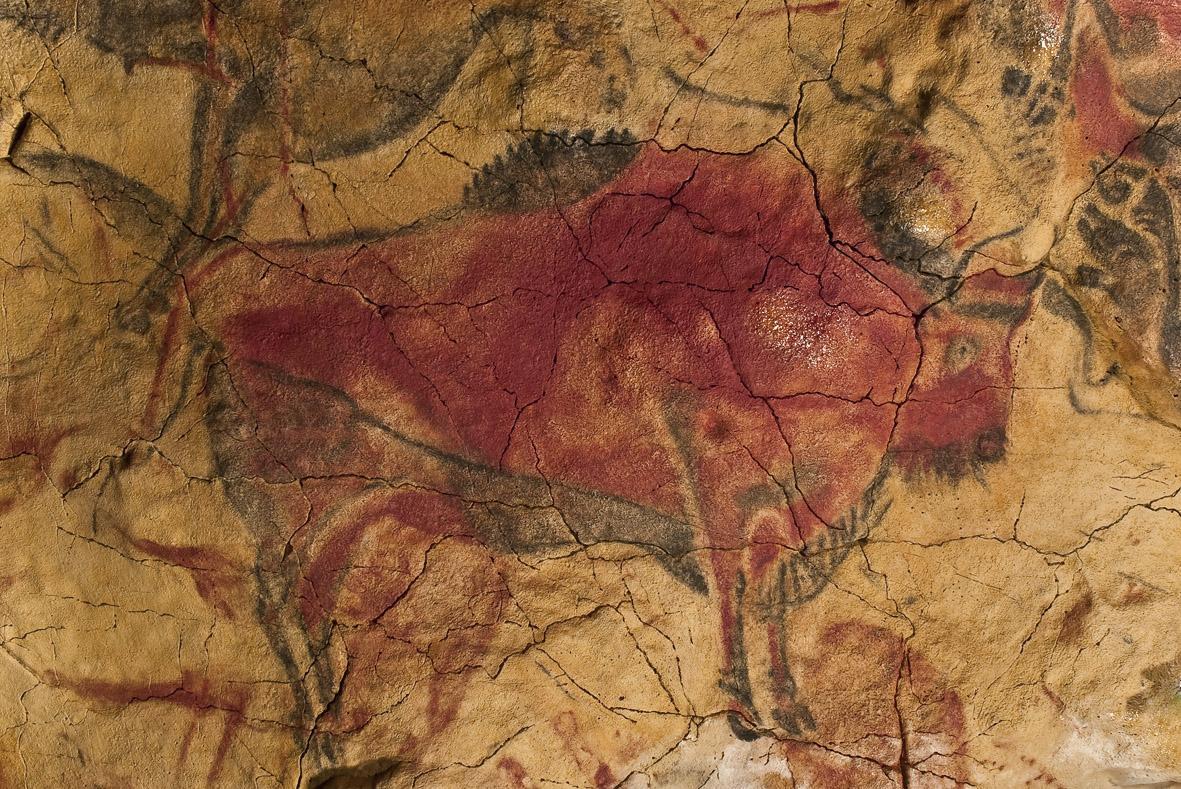
Source: Wikimedia
Despite being studied extensively, researchers have struggled to develop a meaning behind the strange symbols, as no one was able to decode the peculiar signs successfully.
Amateur Archaeologist Tries to Decode the Cave Art
Ben Bacon, who works in the furniture conservation business, has long been fascinated by the ancient art that covers caves across Europe and has taken it upon himself to get to the bottom of the mystery.

Source: Wikimedia
According to the amateur archaeologist who has extensively studied many frescos, including examples in Altamira, Spain, and Lascaux, France, the depictions may go beyond artistic expression and may actually be a primitive form of writing.
Young Researcher Attempts to Decipher Symbols
Bacon has spent a considerable amount of time attempting to decipher the proto-writing system, which, if proven true, would predate all other examples by at least 10,000 years.

Source: Freepik
According to Bacon’s initial theory, the dots, lines, and Y-shaped slashes may represent a writing system used to measure time, which was quite possibly related to animal reproductive cycles, per The Guardian.
Secrets in the Best-Known Cave Painting
One of the best-known and biggest cave paintings is an 18-foot-wide image of an extinct wild ox or aurochs, that is galloping across the great Hall at Lascaux. Bacon noticed four small dots painted across the animal’s back.
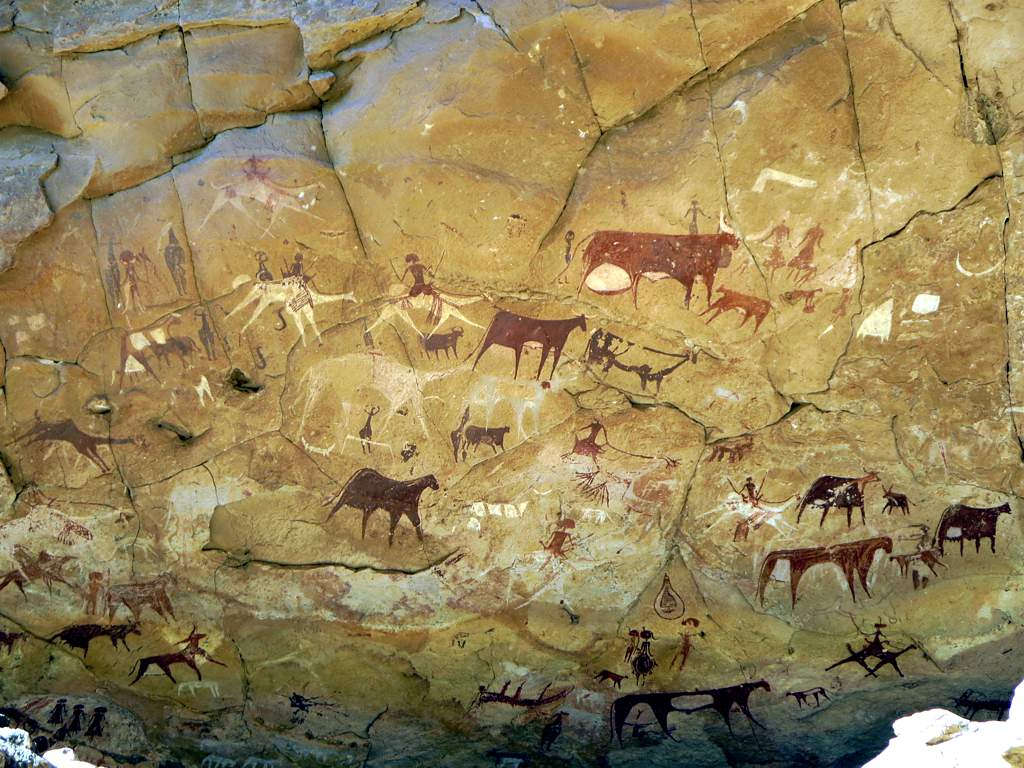
Source: David Stanley/Wikimedia Commons
Upon closer inspection, he found that the markings correspond to specific numbers, recorded by rows of dots or lines.
The Advantage Bacon Had
Another advantage Bacon had was the amount of examples available to him. “Another advantage is we accumulated 700 examples of these, and across large databases, patterns demonstrate themselves.”

Source: Wikimedia
They pulled many examples from databases at local libraries, the university library, and sources Bacon contacted.
Researcher Contacts Professors for Credibility
The amateur archaeologist collected reproductions of various frescos from across Europe to include in his study. Later, he collaborated with professors at University College London and Durham University, significantly bolstering his research’s credibility.

Source: Wikimedia
He was encouraged by the professors to pursue the theory despite feeling like “a person off the street.”
Bacon Publishes a Paper Alongside Professors
After collecting enough data, Bacon later collaborated with a team that included two professors from Durham University and published a paper in the Cambridge Archaeological Journal.

Source: Freepik
Regarding his decision to join the project, Professor Paul Pettitt, an archaeologist at Durham University, said he was “glad he took it seriously.”
The Use of a Calendar in Paleolithic Europe
Pettitt explained that the study’s results suggest that ancient hunter-gatherers created a calendrical system that allowed them to track the passing of time using symbols.
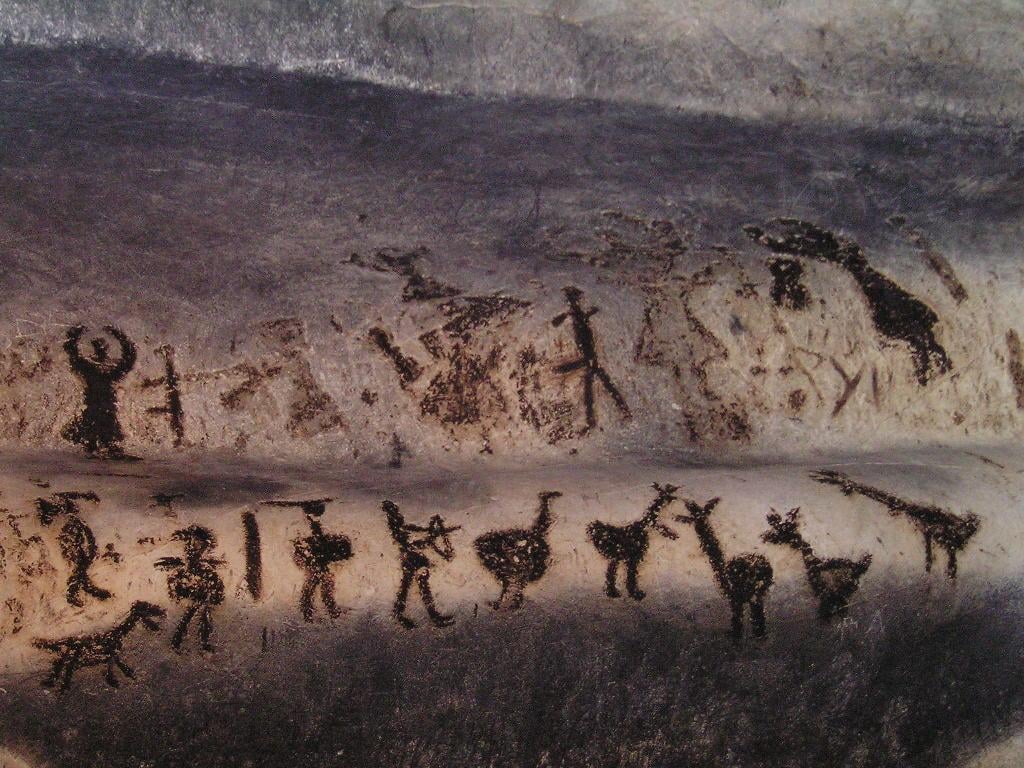
Source: Wikimedia
“The results show that ice age hunter-gatherers were the first to use a systemic calendar and marks to record information about major ecological events within that calendar,” he said.
Ancient Homo-Sapiens Tracked the Birth of Animals
The researchers explained that they began by using the birth cycles of animals similar to those depicted in cave art as a reference point.
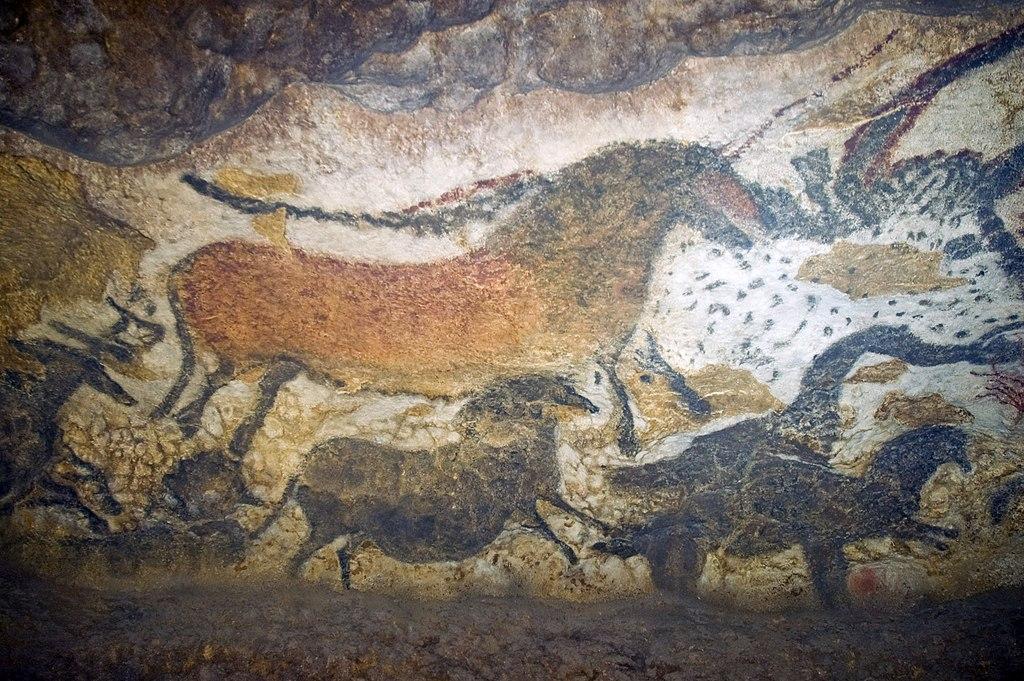
Source: Wikimedia
This allowed them to theorize that the symbols associated with animal species present in Europe during the ice age were a record of their mating behavior. According to their study, the mysterious “Y” symbol meant “giving birth.”
A Lasting Legacy
Professor Pettitt explained that the study showcases the legacy left behind by the prehistoric cave artists.
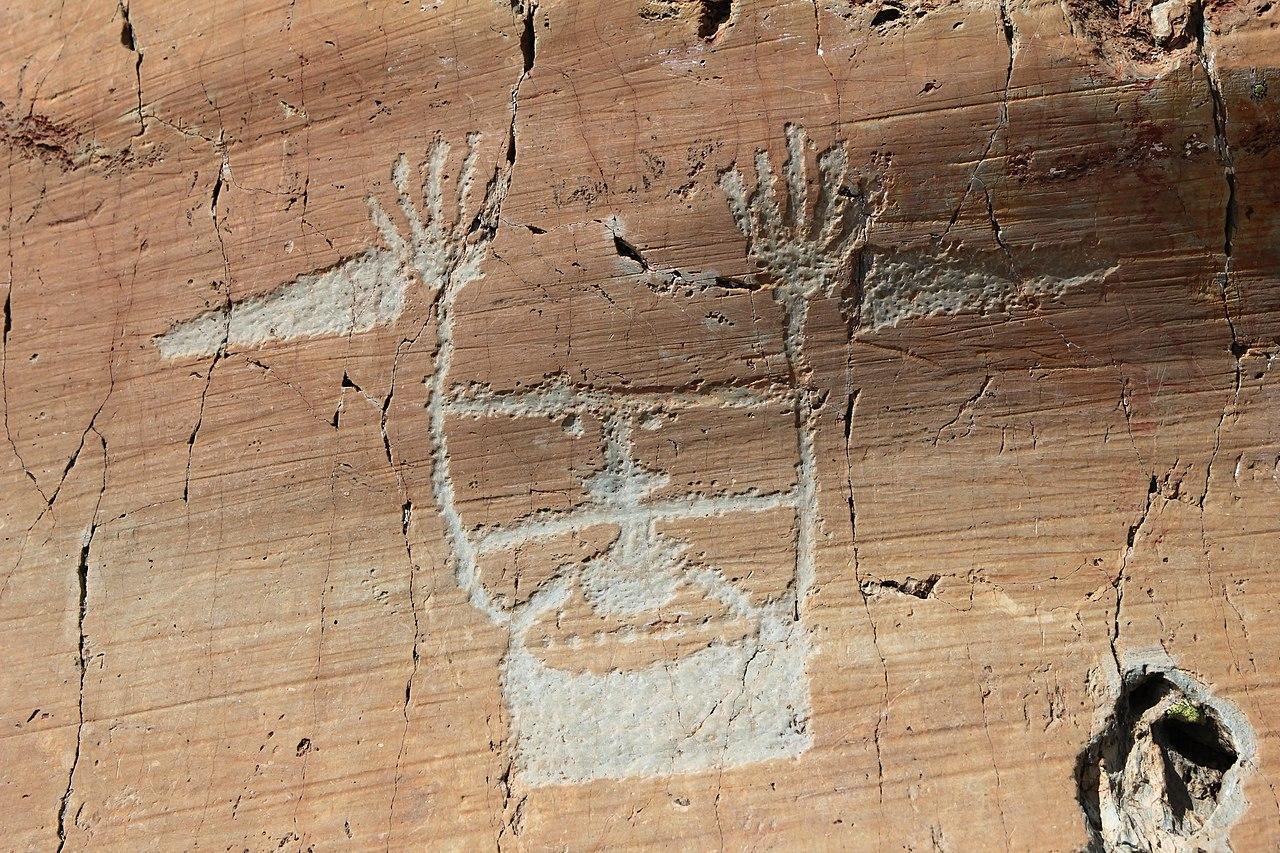
Source: Wikimedia
“We’re able to show that these people – who left a legacy of spectacular art in the caves of Lascaux and Altamira – also left a record of early timekeeping that would eventually become commonplace among our species,” he said.
Proto-Writing System
The researchers suggest the markings record numerical information as opposed to speech.
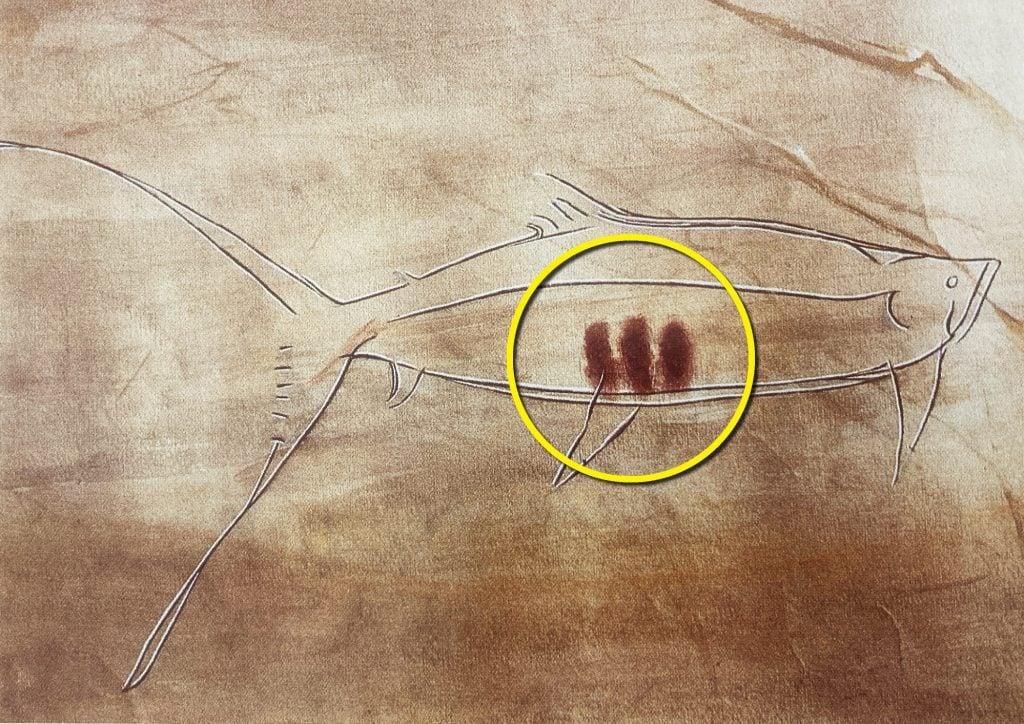
Source: Berenguer, M., 1994
In this sense, it is not considered a traditional form of “writing” that evolved in Mesopotamia around 3,500 BCE. Instead, it has been classified as a proto-writing system.
The First Calendar
The result of the study suggests that the Ice Age hunter-gatherers were the first to have a systematic calendar and record information about major ecological events in that calendar.

Source: Pixabay/Pexels
Kentridge added: “The implications are that Ice Age hunter-gatherers didn’t simply live in their present, but recorded memories of the time when past events had occurred and used these to anticipate when similar events would occur in the future, an ability that memory researchers call mental time-travel.”
Extremely Simple Numbers
While this writing is extremely simple, similar to Roman numerals, the system was keeping track of time.

Source: Anna Shvets/Pexels
Bacon says that the hunter-gatherers did not need numbers as we currently do, so the “only logical reason that they would exist would be to track time,” he said to NPR.
Not the First to Present the Theory
Bacon notes that he was not the first one to put this theory forward. “And this is an idea that had been put forward in the ’70s by a man called Marshak, but he wasn’t able to demonstrate the system because he thought that these individual lines were days,” he said.

Source: Wikimedia
But Bacon and Pettitt were able to look at how the system correlates with the animals painted with the markings.
The Need for Calendars
“What we did is we said they’re months because a hunter-gatherer doesn’t need to know what day a reindeer migrates,” Bacon said.

Source: Eric Rothermel
Bacon continued: “They need to know what month the reindeer migrates. And once you use these months units, this whole system responds very, very well to that.”
The Key to Understanding
Bacon believes that the key to understanding this primitive writing was looking at the entire picture. “I think the key was we didn’t dismiss the animal. We processed the animal. There were three fish.”

Source: Freepik
Bacon continues: “And other people would concentrate on the fish and the color of the fish and the form of the fish and all the rest of it. And we just said, no. It’s a fish, and it’s a three. The third is the importance of it. So if you start focusing on the number, it becomes a lot easier to do.”
Making Winters Bearable
Hunter-gatherers were using numbers as a way to further immerse themselves in their environment. To help them further understand their environment and up their chances for survival, they tracked and recorded on the walls of caves.

Source: Wikimedia Commons
Bacon also suggests that tracking the animals throughout the spring, summer, and fall makes the brutal winters more bearable.
We Don’t Need the Numbers
While the primitive language can reveal something about past civilizations, Bacon emphasizes that there is no connection between modern humans and hunter-gatherers.

Source: katemangostar/Freepik
New evidence is proving that primitive humans were much more clever than we once believed, despite their culture being far simpler than that of modern-day humans.
Connecting Us to the Past
Bacon does note that despite the differences between us and hunter-gatherers, this new evidence could open up a new connection between us and our ancestors.

Source: Wikimedia
“We think there’s a difference between us and them. And we’re saying we cannot distinguish the difference between us intellectually or cognitively. We are the same as they are,” Bacon said.
Similarities Between Ancient Homo-Sapiens and Modern Humans
Bacon finished by saying, “As we probe deeper into their world, what we are discovering is that these ancient ancestors are a lot more like us than we had previously thought.”
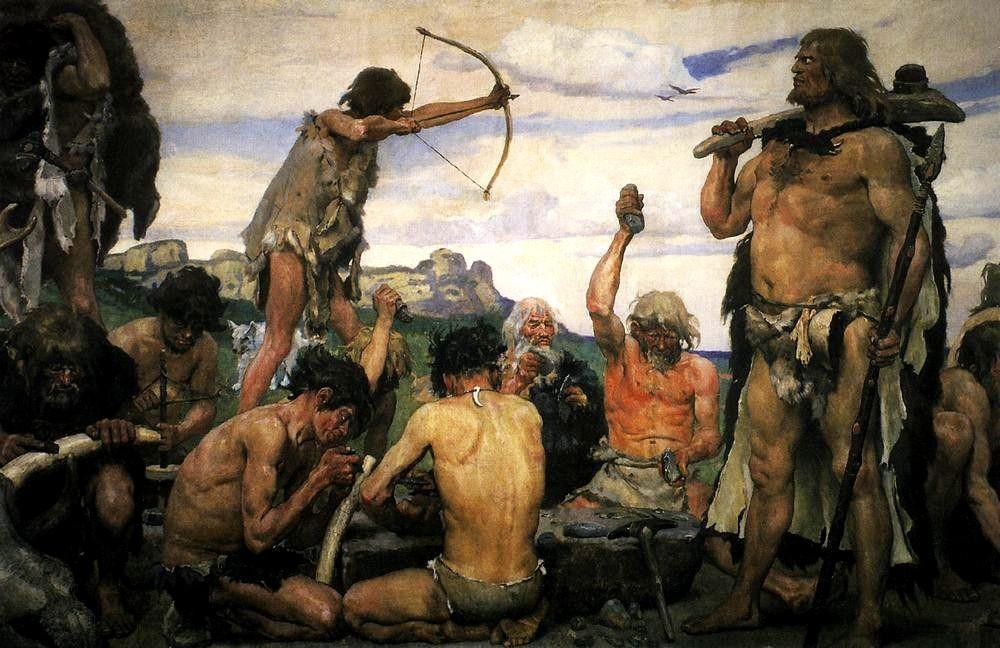
Source: Wikimedia
He added, “What we are hoping, and the initial work is promising, is that unlocking more parts of the proto-writing system will allow us to gain an understanding of what information our ancestors valued.”
Humans and Neanderthals Coexisted
While some Neanderthals and modern humans did interbreed and live in the same habitats, our cousins died out around 40,000 years ago. However, some Neanderthal DNA still lives in most Eurasians today.

Source: Gustavo Fring/Pexels
We still share similarities with Neanderthals, who were able to build homes, create rituals, and use a language to communicate with each other.
A Surreal Experience
Bacon said it was a “surreal” experience to “slowly work out what people 20,000 years ago were saying but the hours of hard work were certainly worth it,” (via BBC) and encourages others to utilize the resources available to them.

Source: Freepik
“Using information and imagery of cave art available via the British Library and on the internet, I amassed as much data as possible and began looking for repeat patterns,” Bacon said.
Neanderthal Art Is a Relativity New Discovery
Deciphering Neanderthal art might seem overdue, but many people don’t realize that we only discovered this type of art in 2018.
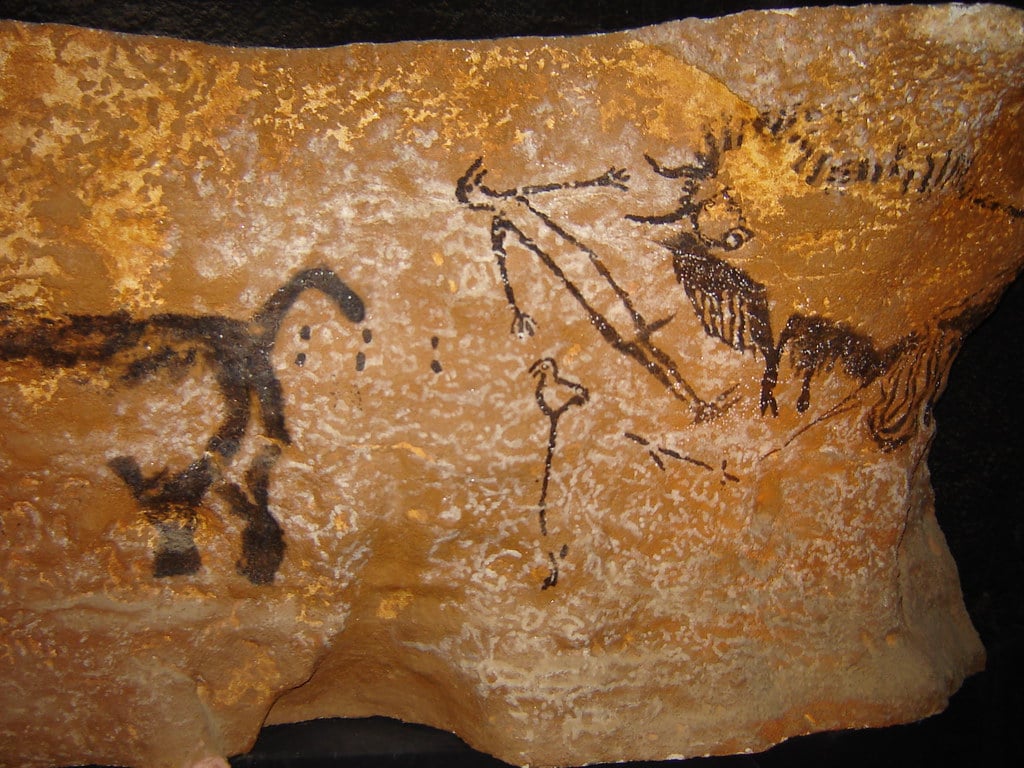
Source: Jeff Walker/Flickr
For many years, skeletal remains revealed that our ancestors became “anatomically modern” but scientists couldn’t find evidence of when humans became “behaviorally modern.”
Key Traits of Behavior
One of the key traits of behavioral modernity was the ability to interpret and respond to symbols. Despite Neanderthals being traditionally regarded as uncultured and behaviorally inferior to modern Homo sapiens, a study challenged this view.

Source: Wikimedia
A study, which was published in “Science” in 2018 showed that the Neanderthals were able to create cave art.
The Earliest Signs of Creativity
The earlier examples of symbolic behavior of African Homo sapiens include using mineral pigments and shell beads as accessories and expressing identity among the others in their community.

Source: Wikimedia
There are also some clues that Neanderthals in Europe also accessorized around 40,000 to 45,000 years ago.
Art Wasn’t Just a Modern Human Thing
For many years, people have considered art a defining characteristic of modern humans. In fact, most researchers believe modern humans painted the cave art found in Europe that dates back over 40,000 years.

Source: Wikimedia
But it seems that Neanderthals, who were still around at the time, we able to create sophisticated examples of identity and communication.
Dating the Cave Art
Using uranium-thorium dating, archeologists were able to date a piece of cave art found in La Pasiega, Ardales, and Maltravieso. Many of these art pieces date back 64.500 years.

Source: Freepik
The art shows that people created cave art at all sites at least 20,000 years before modern humans arrived in Western Europe.
A Connected Species
For the first time, researchers have proven that Neanderthals created cave art. They found similar paintings—consisting of red lines, dots, and hand stencils—across caves in Europe.
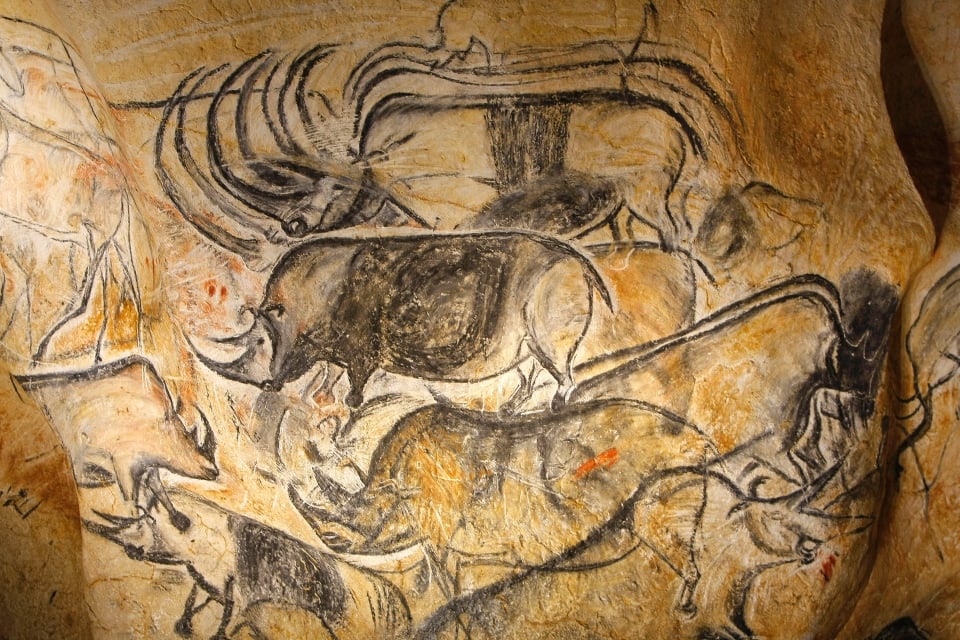
Source: World History Encyclopedia
While no one knew the exact meaning of the paintings, Bacon depicted that many Neanderthals were creating a calendar to track animals and time.
Passing on Information
Bacon’s research and the similarities between paintings across Europe suggest that Neanderthals might have developed a widespread community that shared language and knowledge.
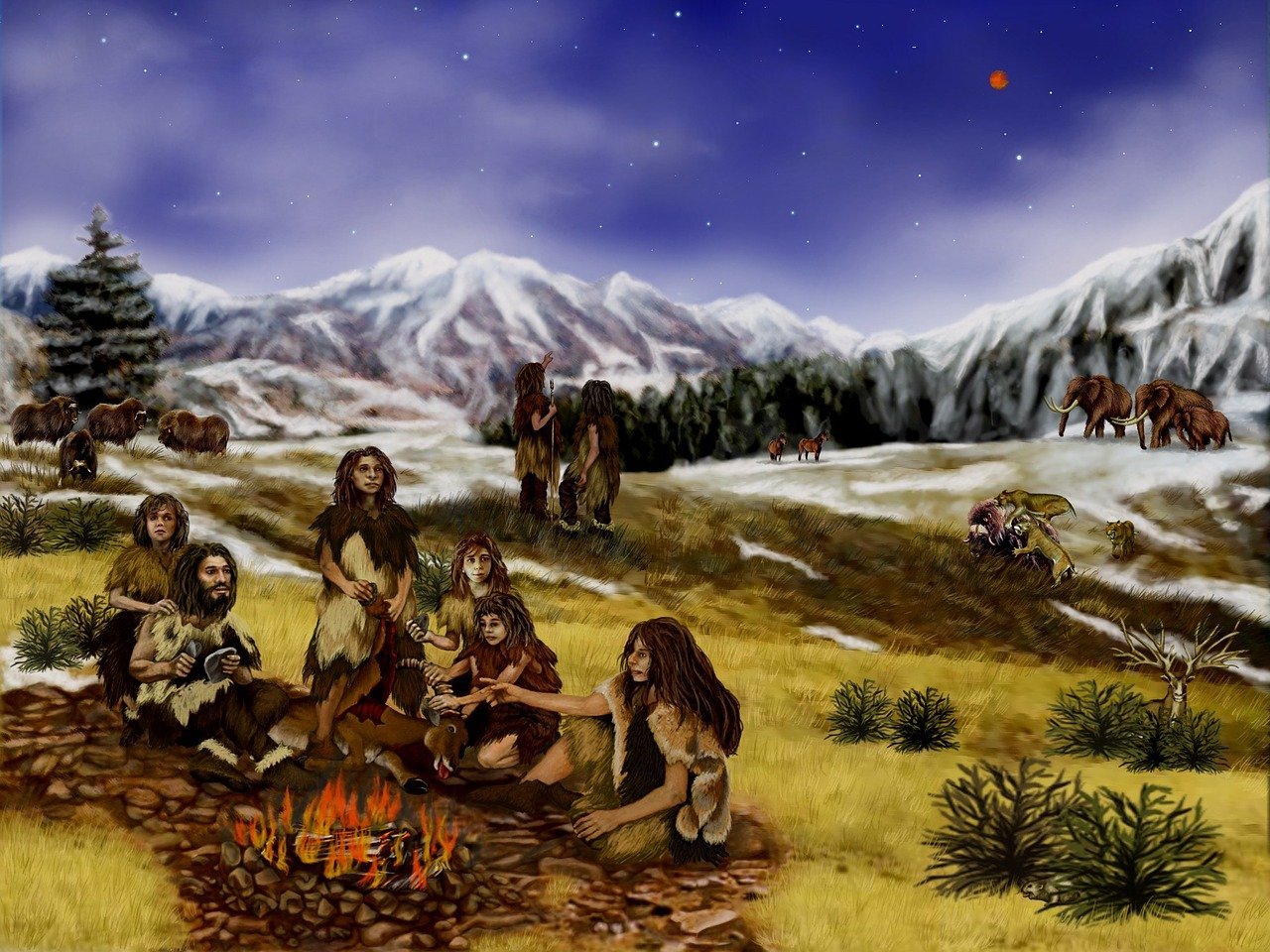
Source: athree23/Wikimedia Commons
If one group reported how they were tracking the life cycle of an animal, another group could record the information and pass it along to help other Neanderthals survive the winter.
The Possible Shortcomings of Neanderthals
However, the chain of communication between Neanderthals is just a theory that has no evidence supporting it beyond the similarity of markings in caves.
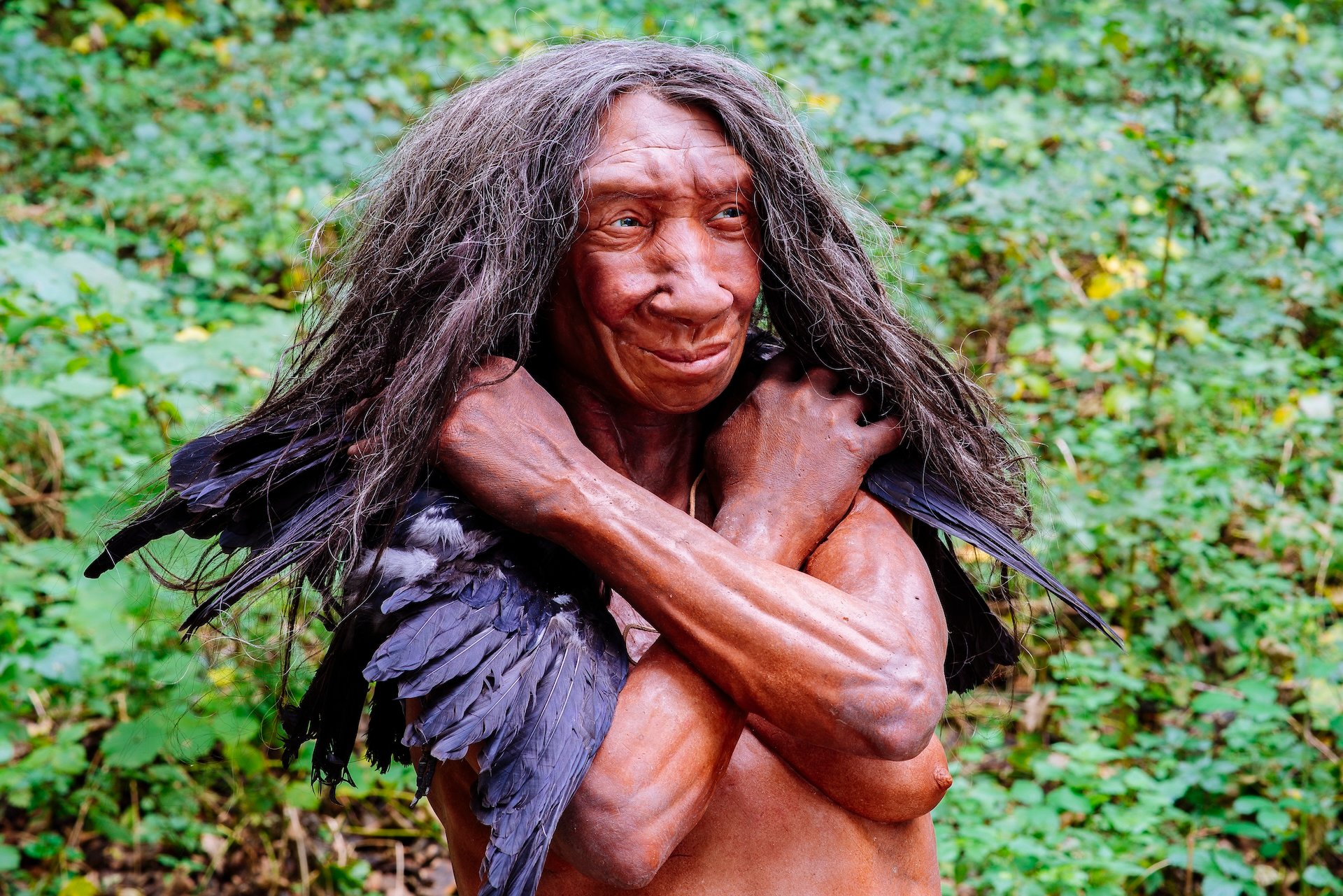
Source: Neanderthal-Museum, Mettmann/Wikimedia Commons
Hypothesis on the cause of the Neanderthal demises suggests that groups did not communicate with each other, and violence broke out between them. Other hypotheses suggest that modern humans were a competitive replacement for them.
The Evolution of Human Behavior
All of these discoveries made surrounding Neanderthal cave art showcase that there is still so much to learn about our cousins and the emergence of behavioral complexity in human evolution.

Source: Freepik
Neanderthals had the capacity for symbolic behavior, much like modern humans residing around the world.
